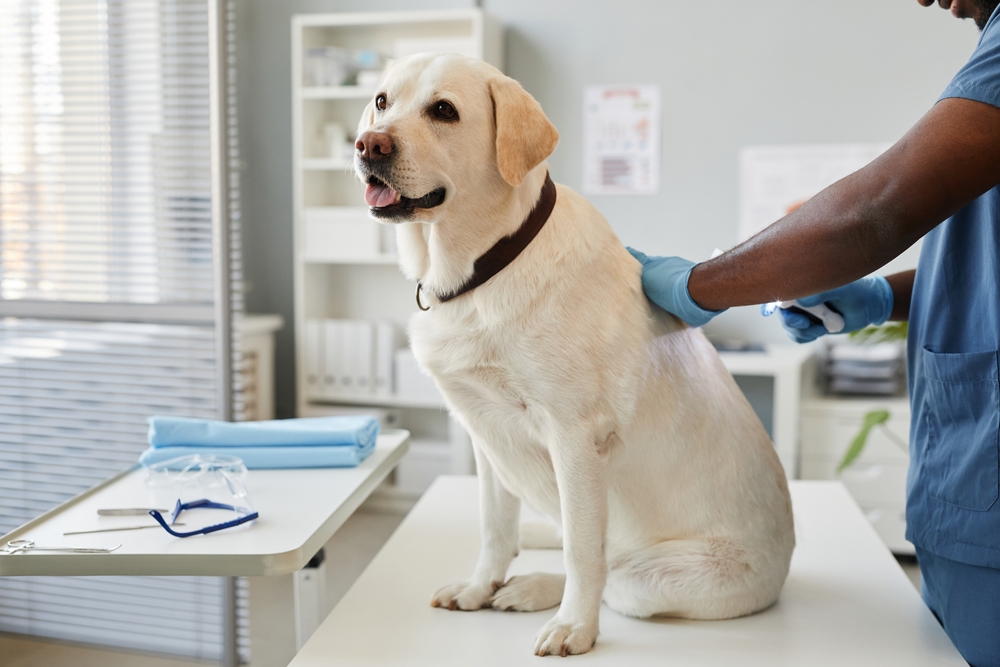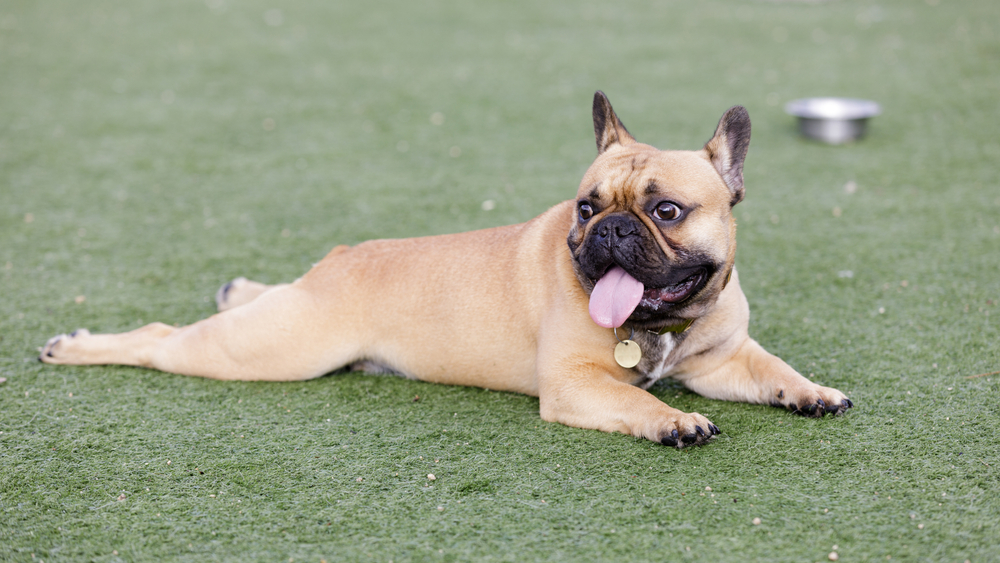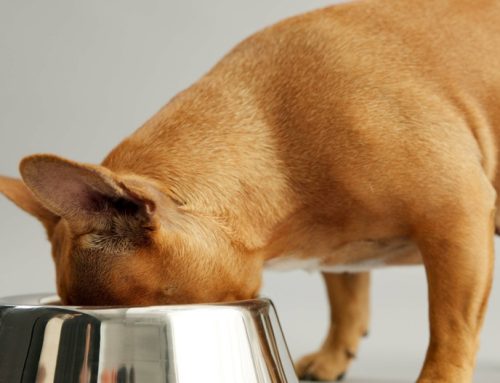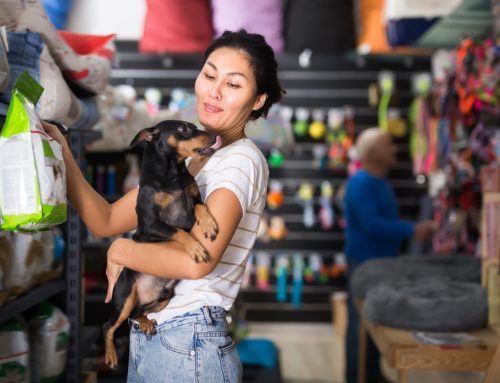If your dog is panting more than usual, you may feel puzzled, especially if you’re not sure what’s normal and what might be a cause for concern. Let’s uncover the reasons behind your dog’s panting and figure out when you should call our Companion Care Animal Clinic team.
Everyday panting in dogs
Regulating body temperature
Unlike us, dogs don’t sweat to cool off. Instead, they rely on panting. Imagine your dog’s tongue and respiratory tract as a built-in cooling system. When they pant, moisture evaporates from these areas, helping them stay cool. So, if the temperature is high or your pup has just finished zooming around the yard, a little panting is to be expected.
Excitement and exercise
Dogs pant when they’re excited or have been exercising. If your dog is running around, playing fetch, or greeting you at the door with happy wags, expect some panting. Excitement panting is usually accompanied by a wagging tail and lots of energy—no need to worry!
Stress and anxiety
Dogs pant when they’re a bit stressed or anxious. Think of those trips to the vet, car rides, or unfamiliar places. If your dog is panting during these times, they’re feeling a little uneasy. The good news? Stress and anxiety panting typically stops once they feel comfortable again.
When your dog might be panting too much
Heart disease
Heart disease can cause your dog to have breathing difficulties, leading to increased panting. If your pup is also coughing, feeling tired, or doesn’t want to exercise as much, schedule a vet visit.
Respiratory issues
Conditions, such as bronchitis and pneumonia, can affect your dog’s ability to breathe properly, leading to more panting. Look out for coughing, wheezing, or labored breathing, and make sure to seek veterinary care if you notice these signs.
Pain or discomfort
Dogs may pant more when they’re in pain. This could be attributable to injuries, arthritis, or other painful conditions. If your dog is also limping, whining, or restless, call our Companion Care Animal Hospital team.
Hormonal imbalances
Conditions, such as Cushing’s disease, can lead to increased panting. Dogs with Cushing’s might also drink more water, urinate more often, and have a pot-bellied appearance. If you spot these signs, our veterinarian can diagnose and treat the condition.
Anxiety and stress disorders
Chronic anxiety and stress can cause excessive panting. Dogs with separation anxiety, noise phobias, or other anxiety-related conditions might pant more frequently. You might also notice pacing, drooling, or destructive behavior.
Environmental triggers causing your dog to pant more
Hot weather
Dogs are more sensitive to heat than people are. When the temperature and humidity are high, or your dog is in poorly ventilated areas, they might pant more to cool down. Make sure your dog has plenty of fresh water and a cool, shaded spot in which they can relax. Avoid exercising your pup during the hottest parts of the day and consider using fans or air-conditioning.
Stressful situations
Noisy and stressful events, such as thunderstorms, fireworks, car rides, and vet visits, can make your dog pant more. Recognizing these triggers and finding ways to calm your dog, such as using calming aids or creating a safe, quiet space in which they can retreat, can help reduce panting.
Changes in environment
Changes, such as moving to a new home, introducing a new pet, or having visitors, can stress your dog and lead to increased panting. Gradual introductions and maintaining a consistent routine can help your dog adjust more comfortably.
Exercise and physical activity
While exercise normally causes panting, overexertion can lead to excessive panting. Monitor your dog during physical activities and ensure they take breaks to cool down, especially on hot days.
Excess weight
Overweight dogs pant more because their bodies have to work harder to cool down and to carry the extra weight. Maintaining a healthy diet and regular exercise routine can help manage your dog’s weight and reduce panting.
When to take your panting dog to the vet

Knowing the difference between normal everyday panting and when something’s not quite right is crucial. If you notice any of these signs, seek veterinary care:
- Persistent coughing or wheezing
- Labored or rapid breathing
- Pale or bluish gums
- Excessive drooling
- Vomiting or diarrhea
- Lethargy or weakness
- Collapse or fainting
- Behavioral changes
- Changes in appetite or water intake
Now that you’re armed with this knowledge, you can better understand the reason behind your dog’s panting and keep them happy and healthy. Have further questions? Give Companion Care Animal Clinic a call, so we can care for your pet like our own.







Leave A Comment